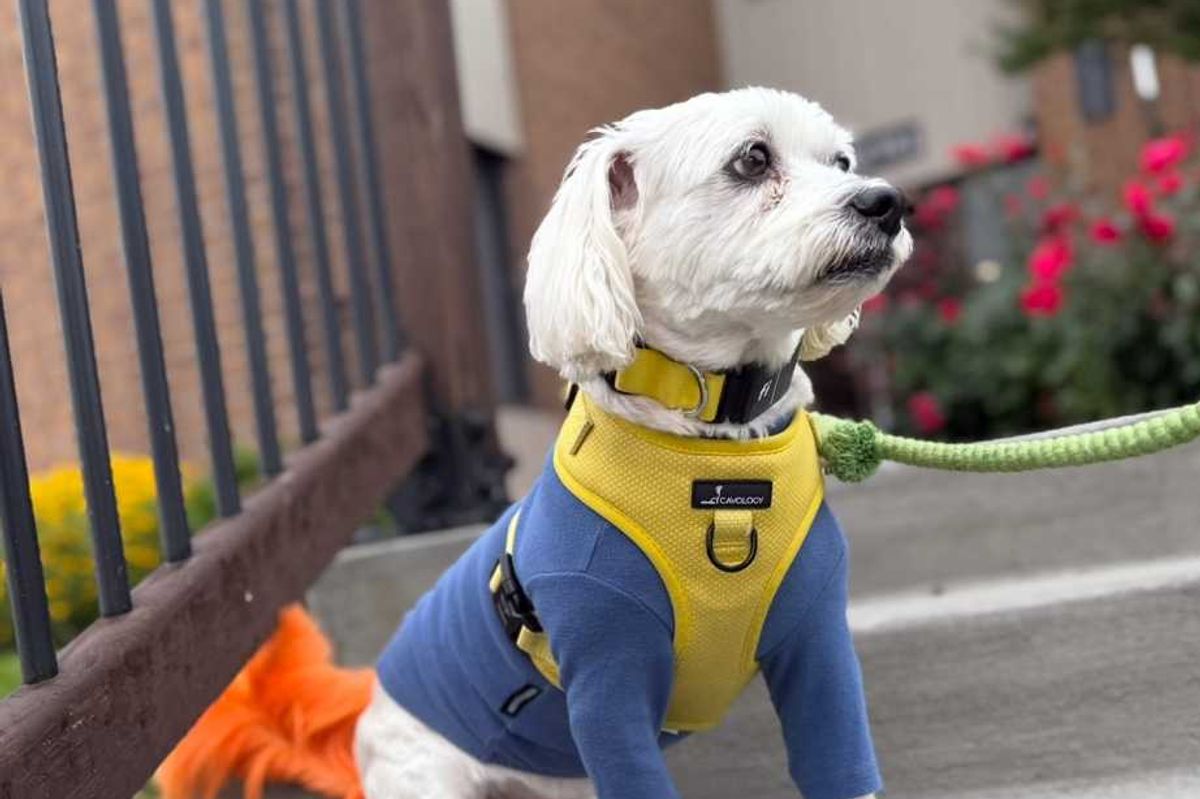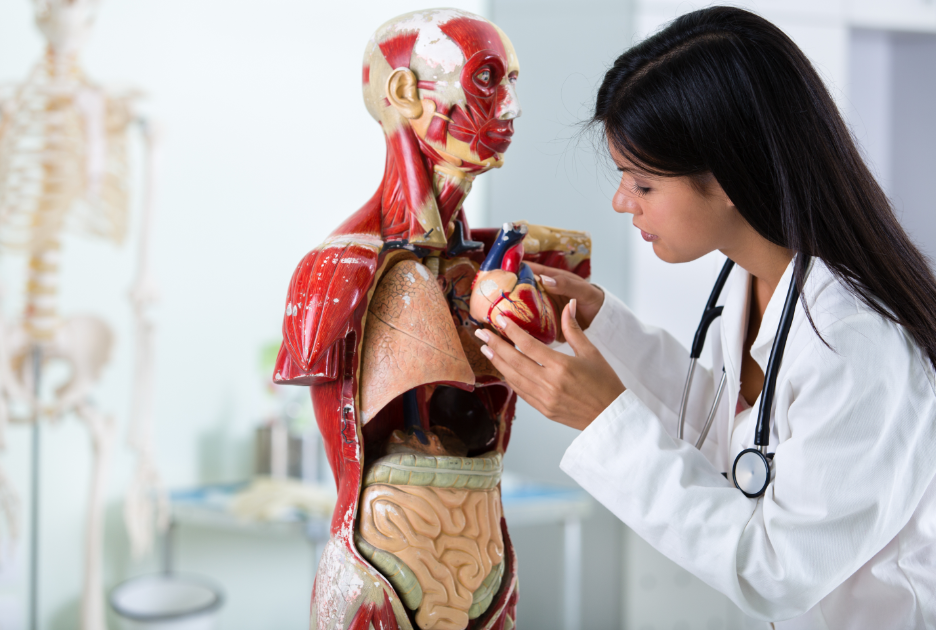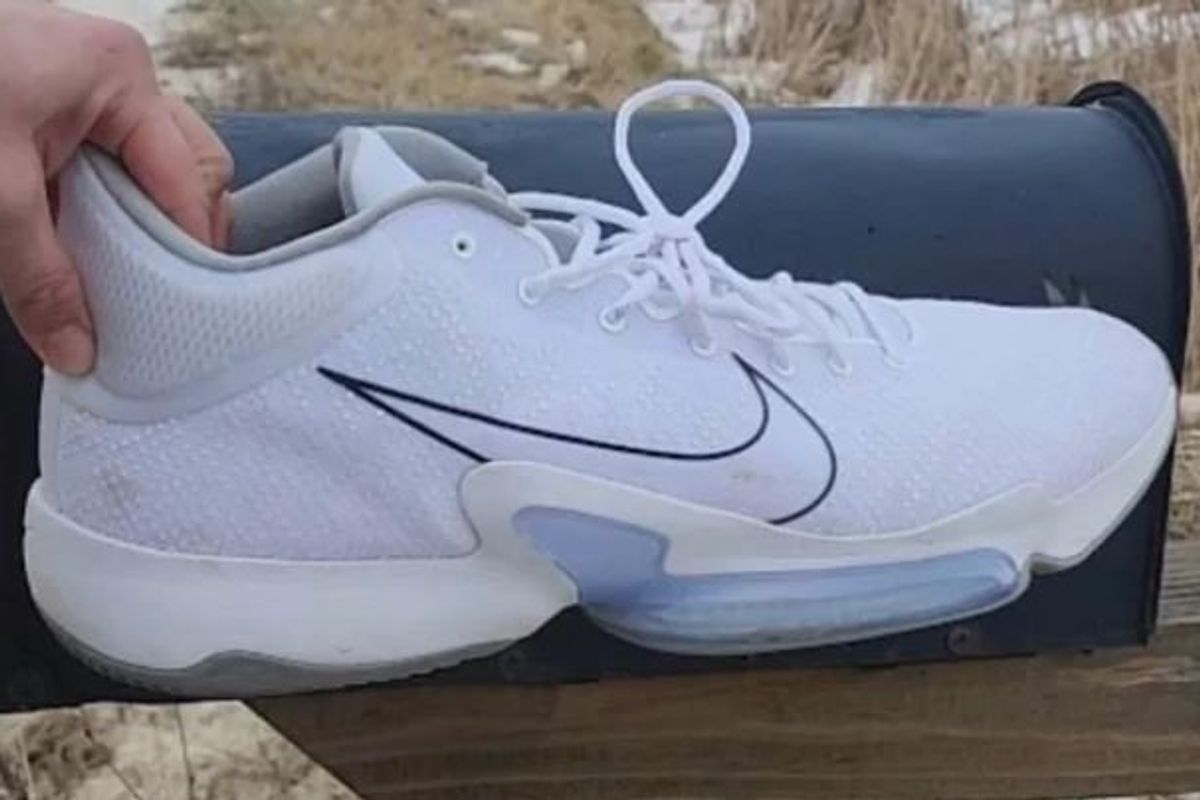Disabled girl's mom's post about 'intentional kindness' results in a wave of support
It’s a message all students and parents should read.

Higley High School in Gilbert, Arizona.
Starting at a new school is understandably stressful for kids but for a child with a disability, it can be especially agonizing experience. According to NBC News 12 in Arizona, Lucy Cook, a 15-year-old with cerebral palsy, experienced persistent anxiety throughout the summer about starting a new high school.
After spending six years in a small, private school, Lucy was set to go to a high school with more than 2,000 students. "She was really stressed about it," her mom, Stephanie Cook, told NBC 12. "She was expressing concern, what if the kids don't like me? What if the kids make fun of me? What if the teachers don't know how to help me if I have a problem?”
Stephanie took to Facebook to share some thoughts on “intentional kindness” before her daughter started at the school. In the post, she made the point that all kids, no matter their ability, are anxious about how they will be treated in school and that simple acts of kindness can put them at ease.
Here’s part of the post:
She’s scared that kids will make fun of her because she has cerebral palsy. She’s worried they will make fun of her smaller right hand that doesn’t open all the way, the way that she walks, that her body isn’t shaped like she thinks it should be, that she can’t do all the things that other kids can do. She’s worried that they won’t like her. She’s worried she won’t make any friends. She’s worried that her classes will be hard and she won’t know where to go. She’s worried she will have a seizure and her new teachers won’t know what to do. She’s worried she will miss me while she’s gone. She’s worried she will be lonely.
These fears are in some ways unique to Lucy, but pretty similar to the fears and worries most kids and teens have. My experience has been that when people understand, they always step up. Please consider taking the time to teach your kids about other kids like Lucy.
Teach them that Lucy has challenges every day that seem almost insurmountable, but the one thing she wants the most is to be loved and valued and accepted—just like everyone else.
Teach them that they have the incredible power to build people up or tear them down, and they make choices with those effects every day. Be brave and reach out to those who look lonely.
Teach them not to be so eager to climb the social ladder and relieved when they do that they forget what it felt like to be at the bottom. We don’t lose any of our goodness by offering some of it to others—magic!
Teach them that everyone is fighting hard, unseen battles and that a smile or wave or kind word costs them nothing, but has the potential to change the trajectory of someone’s day.
Stephanie also made a point of telling kids not to use the “R-word” because “it’s hateful and hurtful to people with intellectual disabilities. Help them understand by likening it to using a slur against another minority group or as an insult (for example, the N-word).”
=
\u201cIn a moment of vulnerability, one mom opened up on Facebook about her teenage daughter's back-to-school anxieties. What she didn't expect was that the message would go viral. \u2764\ufe0f https://t.co/58hTwU7M1b\u201d— Good Morning America (@Good Morning America) 1662476404
Stephanie’s post received a lot of positive responses from people in her community and across the internet. After Lucy read them she felt a lot more confident about starting her new school.
"[My first day] was great, amazing, awesome," Lucy told News 12.
Stephanie told Good Morning America that all kids, including hers, need to remember two questions to help them make it through the school year. "I ask my kids ... every day after school," she said. "Were your friends nice to you today? And were you nice to your friends?"
Stephanie’s post was an important reminder that we all have the ability to be kind and you never know who really needs the help.
"We just need to try to make it a habit to look for people that maybe need our friendship or give people the benefit of the doubt because everybody struggles with something," Stephanie told Good Morning America. "When [kids] realize this, they do better and they're there for each other."








 Can we please get a "meet the dog" rule on airplanes?
Can we please get a "meet the dog" rule on airplanes? No matter your age, headphones to listen to things on a flight are a must.
No matter your age, headphones to listen to things on a flight are a must. One overhead bag per passenger until everyone's got their luggage settled.
One overhead bag per passenger until everyone's got their luggage settled.  Even if you know it by heart, please don't talk during the safety demonstration.
Even if you know it by heart, please don't talk during the safety demonstration.
 Simpsons Gif
Simpsons Gif  Aging happens in bursts, scientists find.
Aging happens in bursts, scientists find. Research shows the body goes through specific changes in our 40s and 60s.
Research shows the body goes through specific changes in our 40s and 60s.


 Luggage at the airportCanva
Luggage at the airportCanva